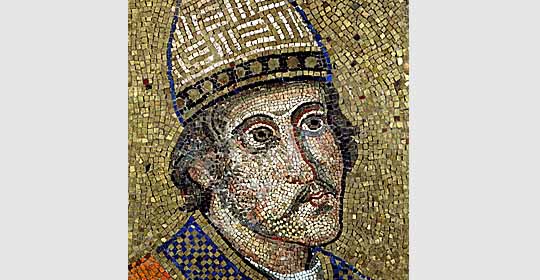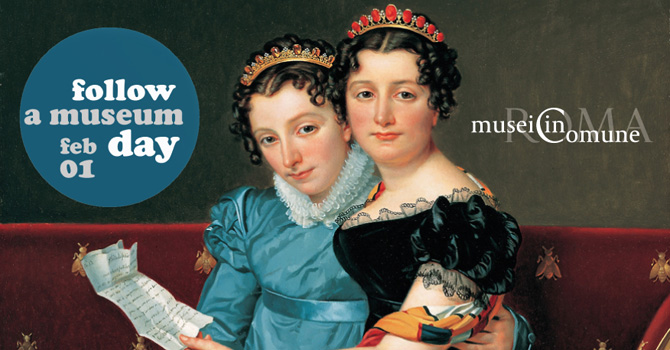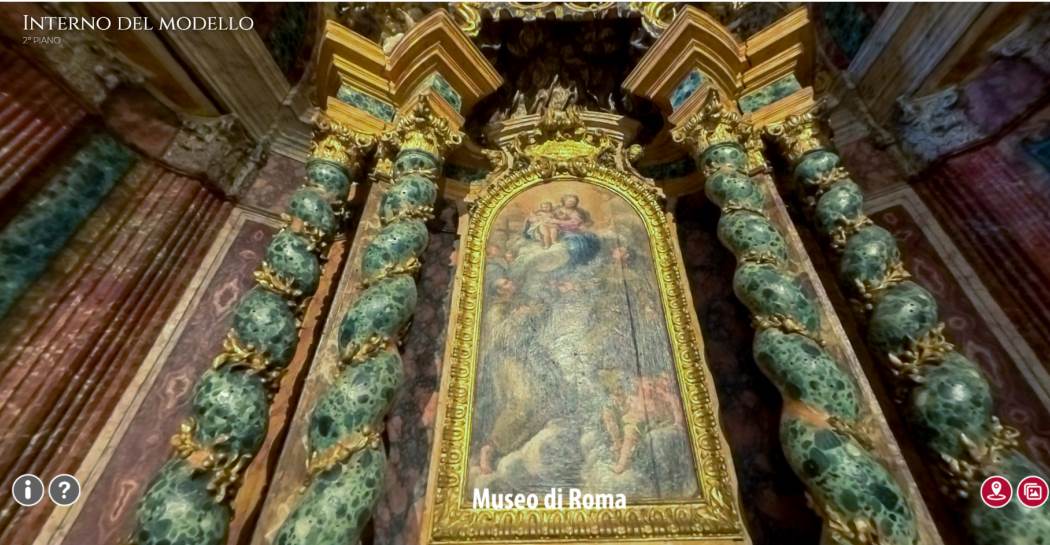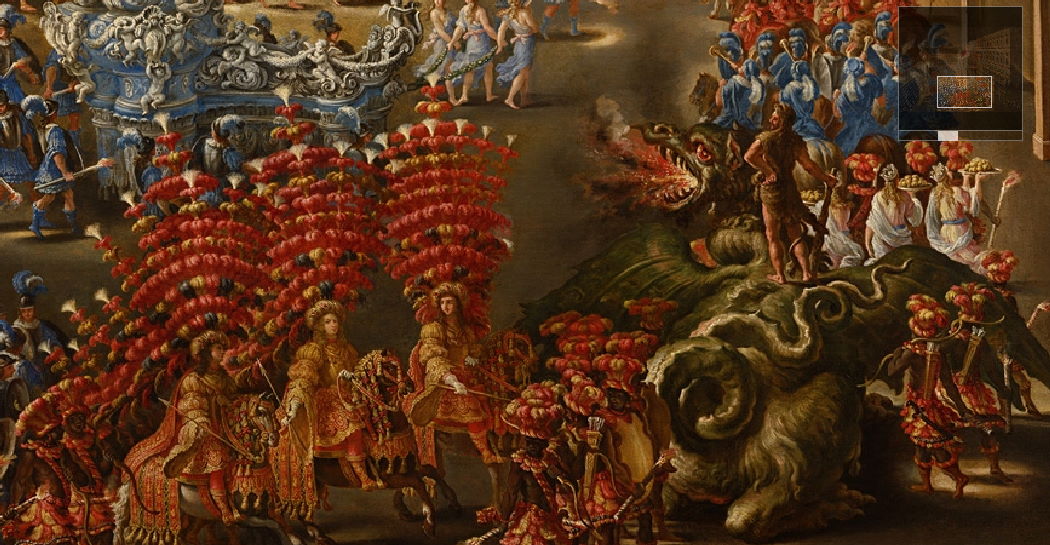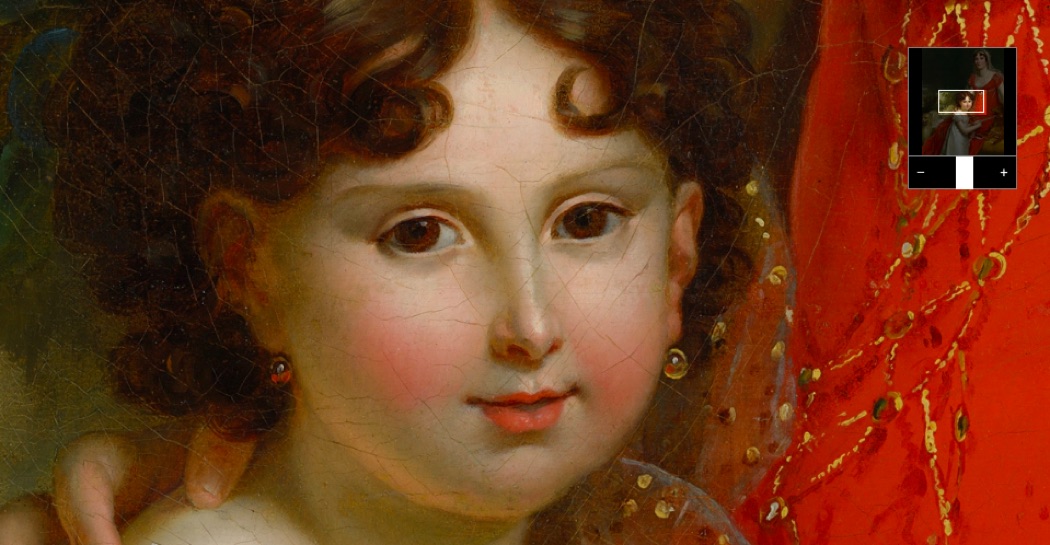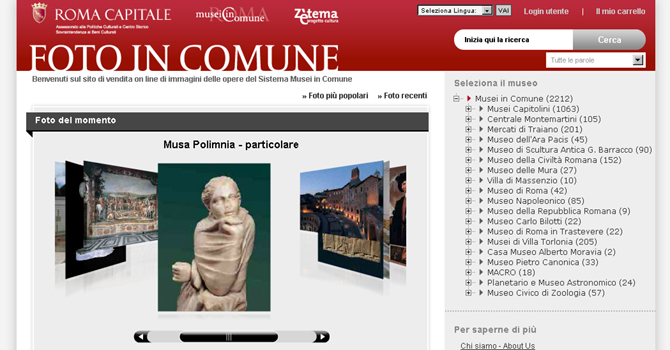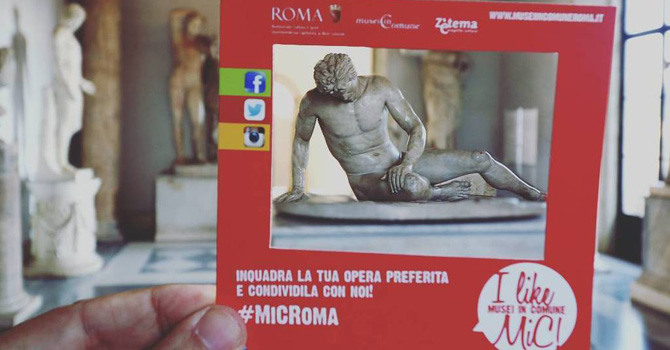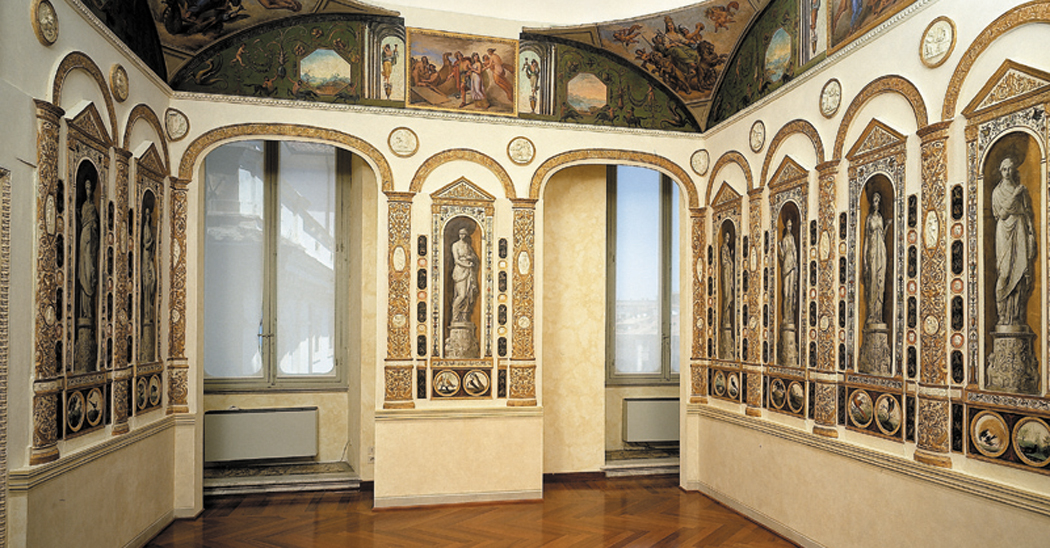Frescoes and mosaics
A group of around 160 fragments of frescoes and detached mural fragments coming from Roman buildings is significant for its quality and documentary value. The buildings had been demolished between the end of the 19th century and the forties of the 20th century in order to carry out the successive urban development plans for the capital. Among these, the most significant are: the medieval frescoes from the church of S. Maria in Vincis and the façade of the Senatorial Palace on the Capitoline Hill; A Trinity of the late 13th - century Roman School; a Eucharistic Sacrifice from the beginning of the 15th century; fragments from the School of Antoniazzo Romano from the church of the Monastery of S. Maria in Campo Marzio; The cycle of Apollo and the Muses, from the drawing-room of the Hunting Lodge of the Papal Villa of the Magliana, painted by Gerino Gerini da Pistoia during the papacy of Leo X (1513 - 1521); monochromes with Stories of Psyche, by Polidoro da Caravaggio and Maturino da Firenze, from 1524 - 25, coming from the nymphaeum of Palazzo del Bufalo; the mannerist frescoes detached from some areas of the Palazzo Caffarelli on the Capitoline Hill, from the Alessandrini house near the Theater of Marcellus and from Palazzo Alicorni; the frescoes with Stories of Psyche painted in the second decade of the 17th century, for Scipione Borghese, by Ludovico Cardi known as il Cigoli, in the villa of the Quirinal Palace (now Palazzo Pallavicini - Rospigliosi); an Assumption of the Virgin by Bartolomeo Montagna, painted on commission from Francesco Barberini for the Monastery of S. Urbano ai Pantani. Three fragments of mosaics from the apse vault and the façade of the former Basilica of St Peter's, rebuilt around 1230, are precious examples of surviving late-middle-age decoration.






























